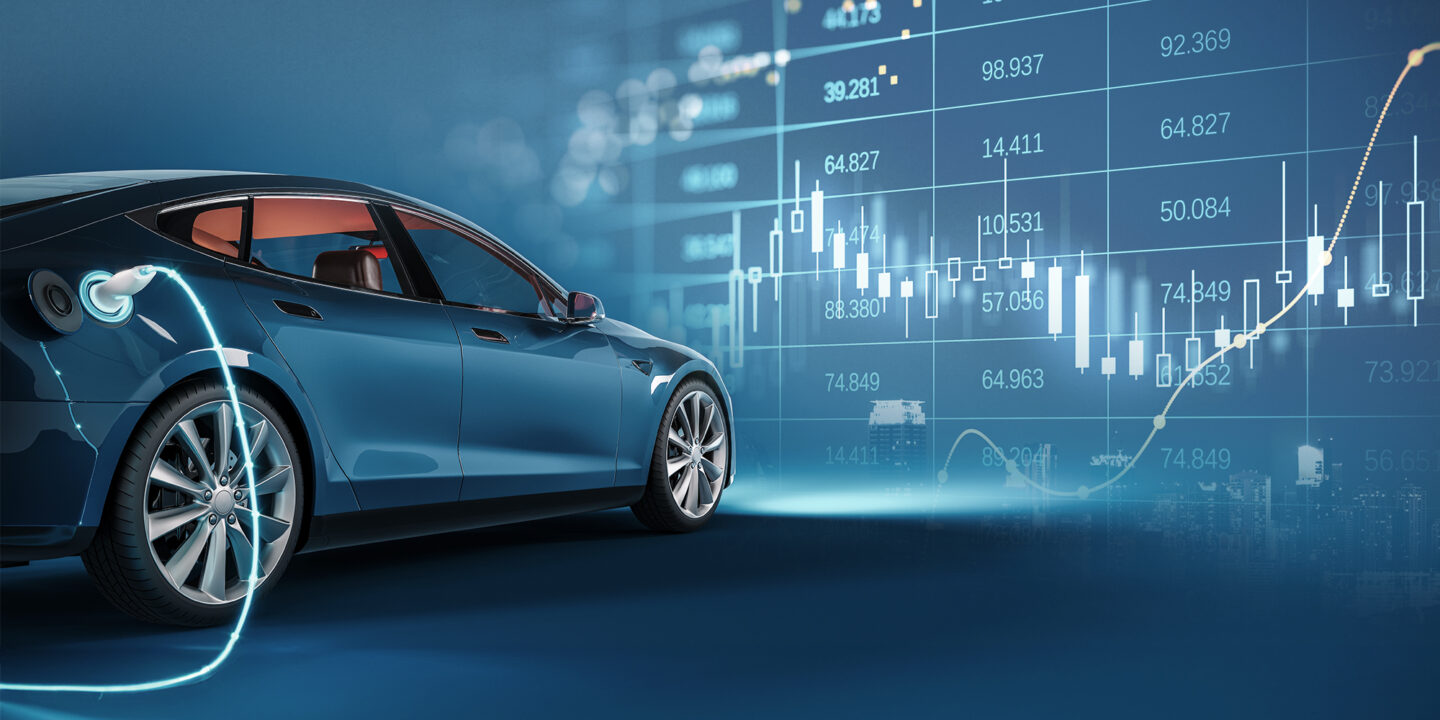
The electric vehicle (EV) industry has been accelerating at a rapid pace, with new models, advancements in battery technology, and the expansion of charging infrastructure shaping the future of transportation. As the world shifts toward more sustainable energy sources, EVs are no longer a niche market, but rather a crucial component of the future of mobility. In this post, we explore the latest developments in the EV industry, from cutting-edge vehicle launches to breakthrough battery innovations and the expansion of the electric charging network.
1. New EV Models: Driving Innovation
The competition in the EV market is heating up, as both established automakers and new entrants race to introduce innovative, high-performance electric vehicles. In 2024, the EV landscape is expected to see a variety of new models that aim to cater to different segments of the market, from affordable urban vehicles to luxury electric sedans and high-performance sports cars.
Tesla Cybertruck
One of the most anticipated EV launches in 2024 is the Tesla Cybertruck, a vehicle that has sparked much excitement and controversy since its unveiling in 2019. Designed as a rugged, futuristic take on the pickup truck, the Cybertruck promises robust features including unbreakable glass, high-performance electric motors, and long-range capabilities. Tesla aims to tap into the growing demand for electric trucks, with the Cybertruck expected to compete with Ford’s F-150 Lightning and the Rivian R1T.
Ford Mustang Mach-E 2024 Refresh
Ford’s Mustang Mach-E has quickly become one of the most popular electric SUVs on the market, and the 2024 refresh includes updates to both the battery range and interior tech. With improved battery efficiency, enhanced charging speed, and upgraded infotainment systems, the new Mach-E continues to showcase Ford’s commitment to the electric vehicle market, with plans to introduce additional models, including a Maverick hybrid and electric F-150.
BMW iX M60
BMW’s iX M60 is an all-electric SUV that combines luxury, performance, and sustainability. With 516 horsepower and a 373-mile range, the iX M60 offers impressive acceleration and driving dynamics. BMW has been focusing on offering vehicles that blend eco-consciousness with driving enjoyment, and the iX M60 stands as an excellent example of how performance and luxury can coexist in the electric era.
Lucid Air Sapphire
Lucid Motors, a luxury electric vehicle startup, has made waves with its Lucid Air sedan, which boasts record-breaking range and power. The new Lucid Air Sapphire, expected in 2024, promises even more impressive performance with an electric powertrain that produces 1,200 horsepower, making it one of the fastest electric sedans on the market. Its long-range capabilities, coupled with ultra-luxury features, position the Lucid Air as a key player in the premium EV market.
2. Battery Technology: Powering the EV Revolution
One of the most crucial aspects of the EV industry is battery technology, as the performance, range, and affordability of electric vehicles heavily rely on it. In 2024, we are seeing exciting innovations that promise to transform the way EVs perform and how quickly they can be charged.
Solid-State Batteries
One of the most promising advancements in battery technology is the development of solid-state batteries. Unlike traditional lithium-ion batteries that use liquid electrolytes, solid-state batteries use a solid electrolyte, which can potentially offer higher energy density, faster charging times, and improved safety. Several companies, including Toyota and QuantumScape, are working on bringing solid-state batteries to market, and their commercialization could dramatically enhance the range and performance of EVs.
LFP Batteries
Another trend is the shift towards Lithium Iron Phosphate (LFP) batteries, which are expected to become more common in affordable EVs. Unlike traditional nickel-based lithium batteries, LFP batteries are cheaper, longer-lasting, and safer, though they typically offer lower energy density. Companies like Tesla and BYD are already integrating LFP batteries into their EVs, especially for more budget-friendly models, helping reduce the overall cost of electric cars while still offering decent performance.
Battery Recycling and Sustainability
As the number of EVs on the road grows, so does the need for sustainable battery disposal and recycling. In 2024, companies are focusing on improving battery recycling technologies, which can help recover valuable materials like lithium, cobalt, and nickel. Efforts to create a circular economy for EV batteries will help address supply chain concerns and reduce the environmental impact of EV production.
3. Charging Infrastructure: Making EVs Convenient for All
A significant factor in the adoption of electric vehicles is the availability of charging infrastructure. As the number of EVs on the road increases, so must the number of charging stations. In 2024, the global charging network is set to expand with faster charging solutions and more accessible stations.
Ultra-Fast Charging Networks
One of the most exciting developments is the rise of ultra-fast charging networks. Companies like Tesla and Ionity are working on providing supercharger networks that can deliver charge times of 20-30 minutes for long-range EVs, making long-distance driving more practical for electric car owners. Tesla’s Supercharger V4 network, for example, promises faster charging speeds, making it easier for drivers to travel long distances without worrying about long wait times at charging stations.
Wireless Charging
A cutting-edge innovation on the horizon is wireless charging. Companies are experimenting with inductive charging systems that allow EVs to charge simply by parking over a charging pad, eliminating the need for cables and providing a more seamless charging experience. While still in its early stages, wireless EV charging could become a game-changer in terms of convenience.
Charging in Rural and Remote Areas
One of the biggest barriers to EV adoption, especially in rural and less-developed regions, is the lack of charging infrastructure. In 2024, we’re seeing a push to install more charging stations in these underserved areas. Governments and private companies are working together to ensure that electric vehicle owners, no matter where they live, have access to charging stations when they need them.
4. The Road Ahead: What’s Next for EVs?
Looking ahead, the future of electric vehicles seems incredibly promising. With new models, more powerful batteries, and an expanding charging network, EVs are becoming more accessible, efficient, and convenient for the average consumer.
As we move toward 2024, the following trends are likely to shape the EV market:
- Lower prices: As technology advances and economies of scale take effect, EV prices are expected to fall, making them more accessible to a wider audience.
- Wider adoption: With increasing incentives from governments and falling costs, EVs will become more commonplace, helping meet global emissions reduction targets.
- Integration with renewable energy: As more EVs hit the road, the push for renewable energy sources like solar and wind power will become more critical, ensuring that EVs are powered by clean energy.
- Autonomous EVs: The development of self-driving technology may soon be integrated with electric vehicles, creating a new era of autonomous electric mobility.
Conclusion: The Bright Future of Electric Vehicles
The electric vehicle industry is on the brink of a massive transformation in 2024. With innovative models, cutting-edge battery technology, and the expansion of the charging infrastructure, EVs are becoming more practical, affordable, and efficient. As more consumers shift toward sustainable mobility solutions, the future of electric vehicles looks incredibly promising, with the potential to reshape the automotive industry and contribute to a greener, more sustainable world. The road to the future is electric—are you ready to drive it?








